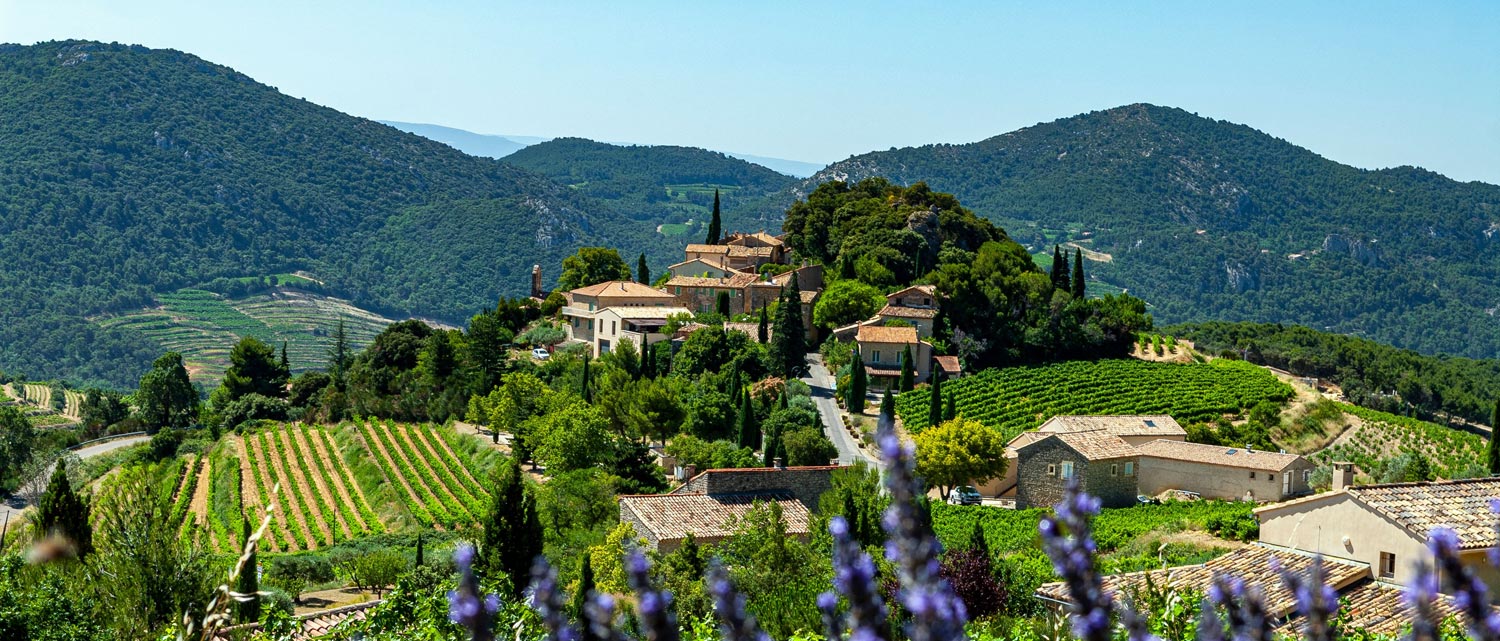
The region lays claims to being France’s oldest in wine terms. The Phocaean Greeks are thought to have brought the vine with them in 600 BC when settling what we now called Marseilles. While there is some dispute over this, it is certain that the Romans, who arrived in 125BC and named the region ‘Provincia Romana’, cultivated the vine there and took viticulture inland, particularly up the Rhône valley and onwards to Burgundy.
Control of these beautiful lands has been wrestled with over the centuries. Indeed the three départements that we know today- Bouches-du-Rhône, Var and Alpes-Maritimes- have only relatively recently been all together under the same flag, following the Treaty of Turin in 1860.
One constant over a turbulent history has been that the vine has flourished here, the Mediterranean climate assuring abundant sunshine to ripen the fruit while the effects of wind and altitude act to temper it. However, as throughout France, phylloxera devastated viticulture here in the late 19th century and the early years of the 20th century saw the establishment of a cooperative movement that aimed to provide growers with the encouragement to produce better quality and lift the fortunes of the region.
Their efforts paid off: the first appellation contrôlée (AOC), ‘Côtes de Provence’, was received in 1977, with others following in successive decades. Today there are more than 150m bottles produced at AOC level every year across Provence with Rosé accounting for 90% of this of which over 40% is exported. The US is the biggest export market, followed by the UK but both are dwarfed by the almost 100m bottles consumed annually by French residents and tourists.
With its large land area, varied terrains and micro-climates, it is no surprise that there are at least a dozen major grape varieties cultivated in Provence as well as a substantial second string. The most prestigious reds are produced in the small appellation of Bandol where Mourvèdre is king but there are also striking wines found elsewhere, mostly blends rather than single variety. While good quality whites can also be found, the category is very much in the minority. The versatility of Rosé more than fills the apéritif requirement as well as providing the ideal accompaniment for the region’s seafood, tomatoes, olives and wild herbs.
Provence Rosé is one of the great success stories of modern times. Cleverly tapping into both the sophisticated and glamorous image of the Côte d’Azur and the idyllic rural lifestyle celebrated by the likes of Peter Mayle, these wines are absolutely in tune with the modern consumer’s desire for immediate pleasure and lighter drinking as well as the shift to convivial occasions and unstructured meals with a variety of flavour influences. They are also very easy to understand and brand builders and luxury marketeers are being attracted in increasing number.
This ambition is pushing Provence Rosé into new price brackets. While a better return for the efforts of the vigneron should never be discouraged, there is a debate to be had about the merits of experiments with expensive wood ageing, fancy designer bottles, celebrity endorsement and all the rest. These are the quintessential lifestyle wines to enjoy among friends and family, in life’s lighter moments, with the sun shining and the world’s worries put to one side. Anything else just seems superfluous.